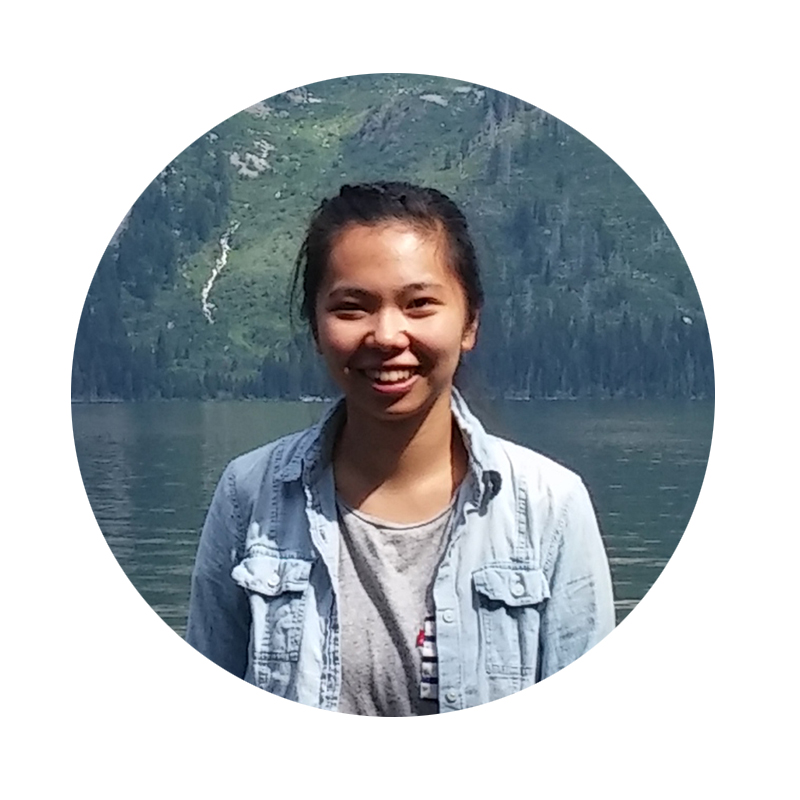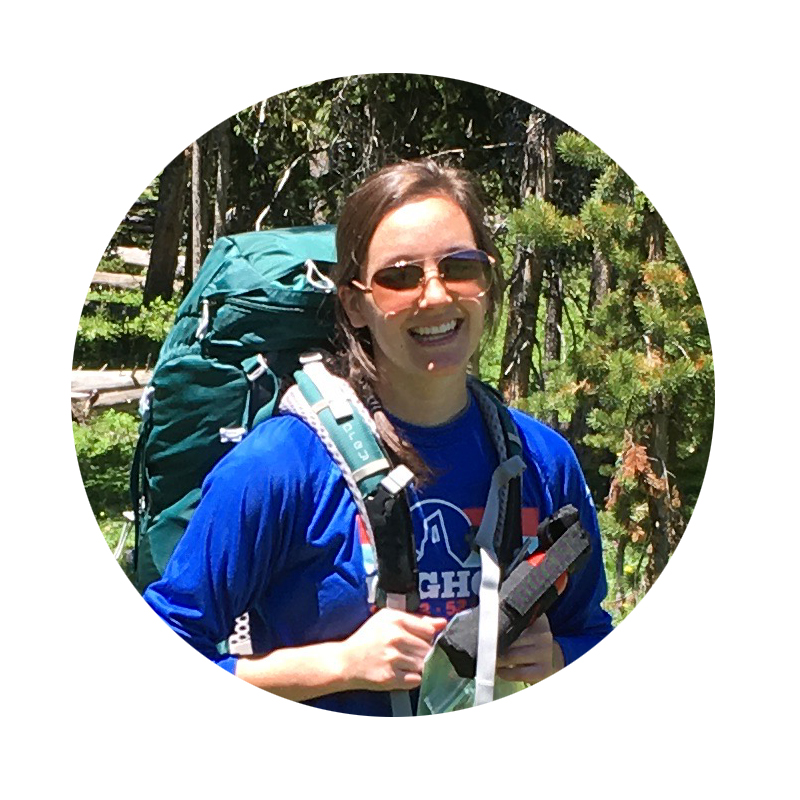“My mom’s a really good cook,” says Wyoming-based medical student Lingga Adidharma. Her mom was also a really thoughtful neighbor. Adidharma remembers volunteering in soup kitchens with her mom from a very young age.
“She would tell us, ‘Whatever skills you have, give those back to the community,’” says Adidharma.
Adidharma — whose family emigrated from Indonesia to the U.S. when she was 2 — has taken her mother’s message to heart. Not by cooking; that’s her mother’s talent. But by helping patients navigate the Affordable Care Act (ACA) at the Albany Community Health Clinic in Laramie, Wyoming.
The gift of time
Adidharma is one of 20 UW School of Medicine students going to school in Wyoming, part of the School’s collaborative five-state medical education program. (This program, called WWAMI, involves Washington, Wyoming, Alaska, Montana and Idaho.) Community doctors and college administrators, like Marivern Easton, the Wyoming WWAMI assistant director, work together to provide students with hands-on learning experiences.
With the opening of the Albany Community Health Clinic, Easton saw a big opportunity for service learning, programs in which students learn more about medicine while helping vulnerable community members. She had a conversation with the clinic’s director, Katy Hartman, M.D., about the clinic’s needs.
“What the clinic needed most was time,” says Easton. “Time to help patients navigate the ACA, and time for Dr. Hartman to see patients.”
Stepping in
Service learning programs are staffed and managed by students. And so, mindful of her mother’s advice, Adidharma — along with classmate Sarah Maze — decided to create the program at the Albany Community Health Clinic. Almost the entire Wyoming first-year class wound up volunteering in the Albany clinic, taking vitals and doing lab work and other tasks that, in turn, freed up Dr. Hartman’s time to spend with patients.
Additionally, Adidharma and Maze trained to become ACA navigators, offering free advice and assistance to anyone who called the clinic to learn more about a marketplace insurance plan. Adidharma was delighted at how well it all worked out.
“With this new clinic opening, it was perfect timing,” says Adidharma. “Our interests met the clinic’s needs.”
Learning while serving
While their experience as ACA navigators was rewarding, Adidharma and Maze found they couldn’t help everyone. For example, one man who called didn’t qualify for Medicaid and fell a few hundred dollars short of qualifying for premium tax credits. Adidharma and Maze worked with him and his employer to see if he could work more hours, but, unfortunately, the employer declined the request.
Still, these are the kinds of experiences that Adidharma will take with her when she becomes a physician. “Being able to grasp the insurance side of things will help me understand where the patient is coming from,” she says. “And this will help me create a better treatment plan.”
This is exactly the kind of experience that Easton wants students to have.
“These service learning positions help students reflect on their clients. And on themselves as future providers,” she says.


